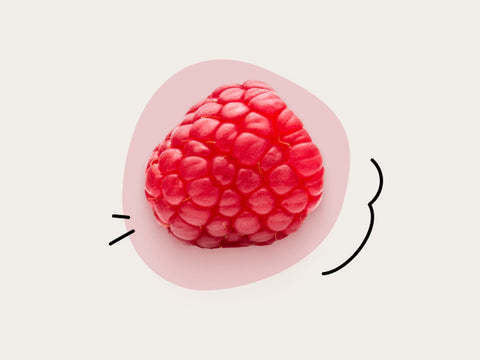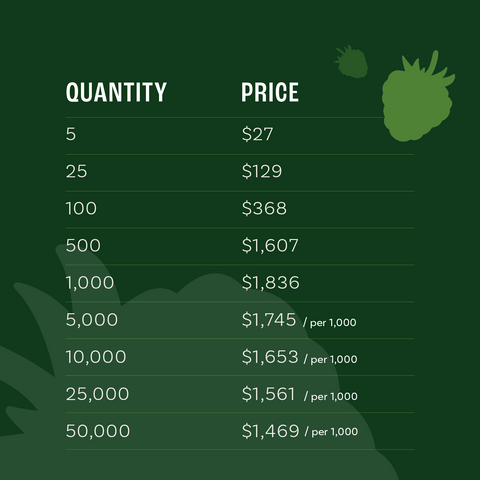

Latham Raspberry
CommercialMinnesota's Latham raspberry variety is renowned for its excellent winter hardiness and good fruit quality. The berries are medium to large, bright red, and rounded, although they may sometimes lack cohesion. Widely adaptable, the Latham is particularly well-suited for U-pick operations, offering a reliable and enjoyable harvest experience for growers and visitors alike.
Features:
- Heirloom Variety: Latham is an heirloom variety that is widely adapted and recommended for U-pick operations.
- Excellent Winter Hardiness: Latham combines good fruit quality with excellent winter hardiness.
- Know Before You Grow: Latham’s medium to large, bright-red fruit is rounded in shape but can lack cohesion.
- Recommended Hardiness Zones: Zones 3–8
What is a summer-bearing raspberry plant?
Floricane (summer-bearing) raspberry plants bear fruit one year after planting. The second-year canes are pruned out after the summer harvest.
Do I need to trellis my raspberries?
Trellising raspberries is one of the most important cultural practices. It doesn’t have to be expensive and time-consuming. A simple T-bar post with twine will do.
Do you mulch raspberry plants?
You should lightly mulch your raspberry plants with weed seed-free straw during establishment to help control weeds and help the soil retain moisture. Leaves, grass clippings, and wood bark are not recommended as they may become matted or too heavy, impeding the growth of new canes.
How do I properly space my raspberry plants?
Raspberry plants should be spaced 18”–24” in the row for red and yellow raspberries, 20”–24” in the row for black raspberries, and 8’–12’ between rows.
How much sunlight does a raspberry plant need?
Raspberry plants should be exposed to direct sunlight for at least 8 hours per day.